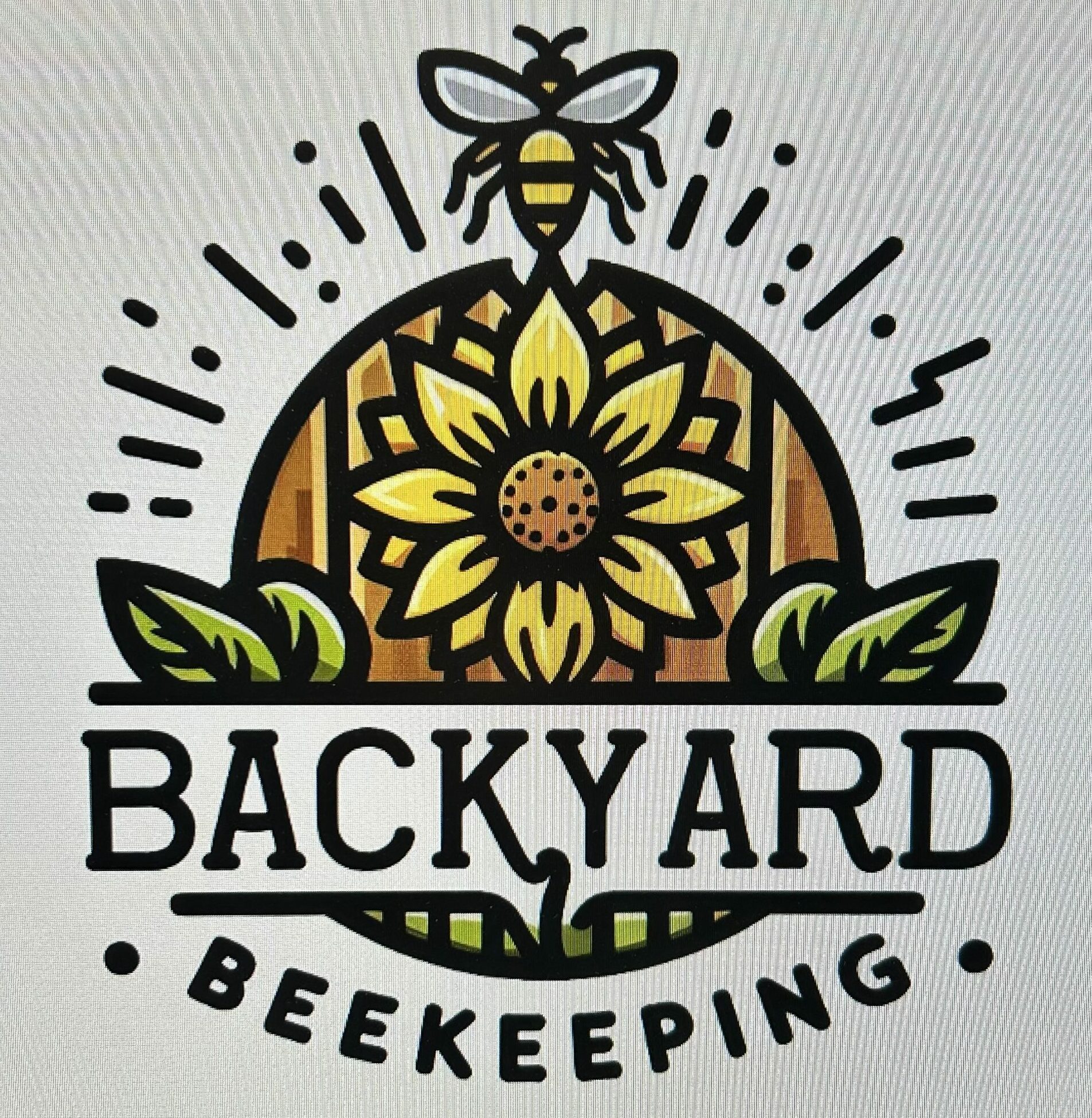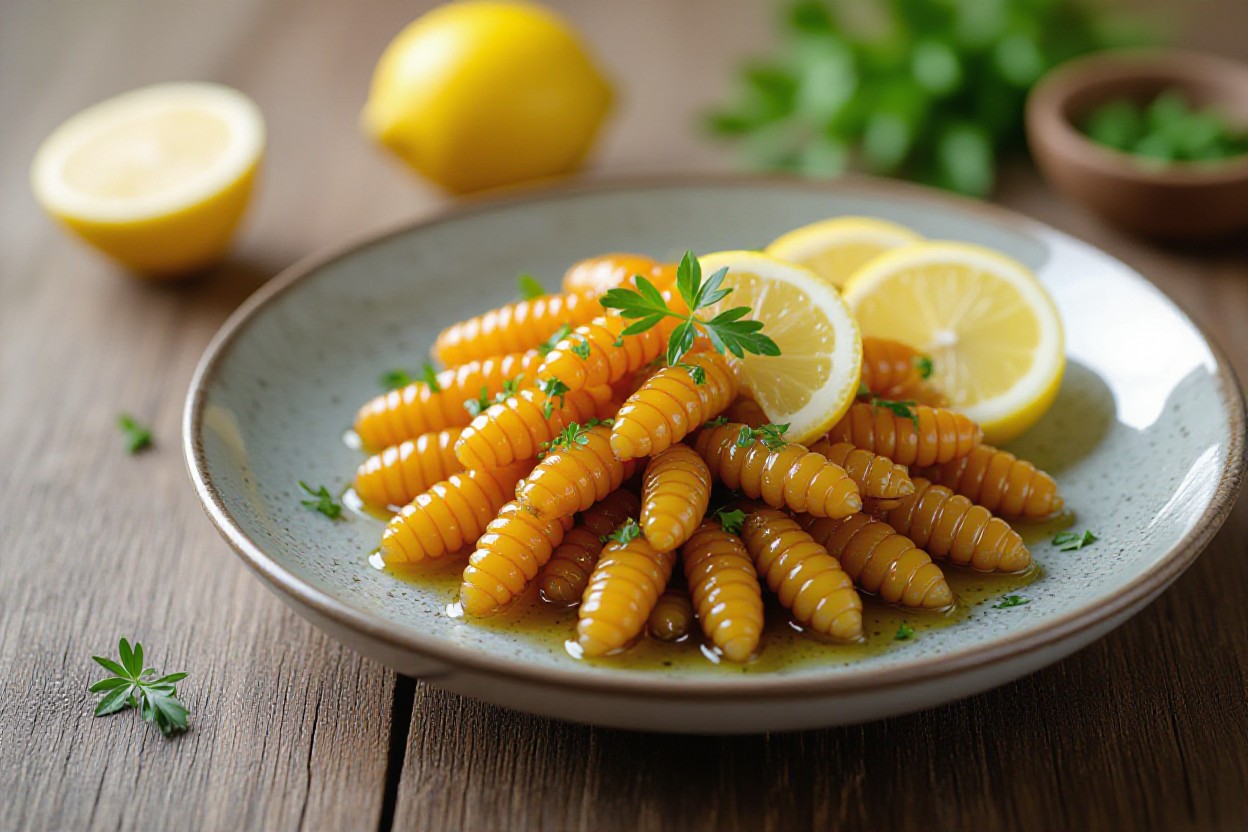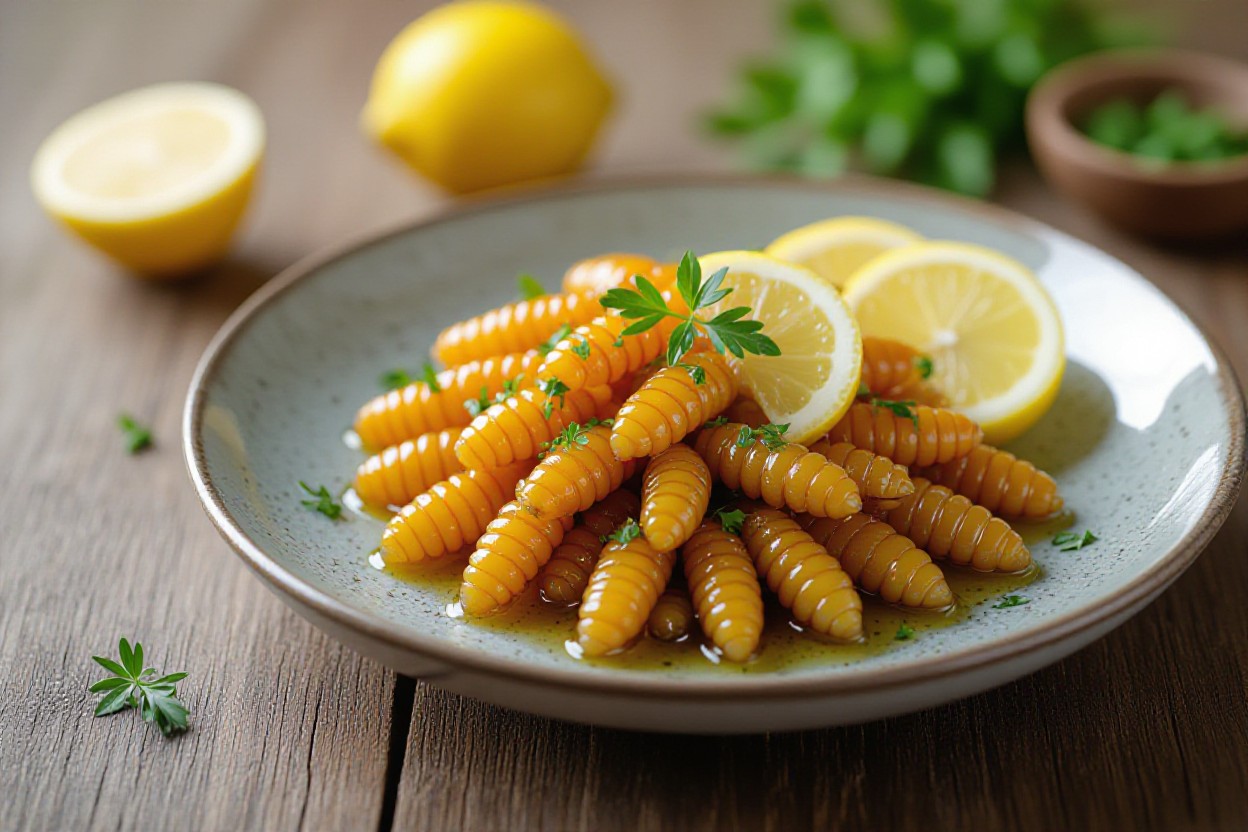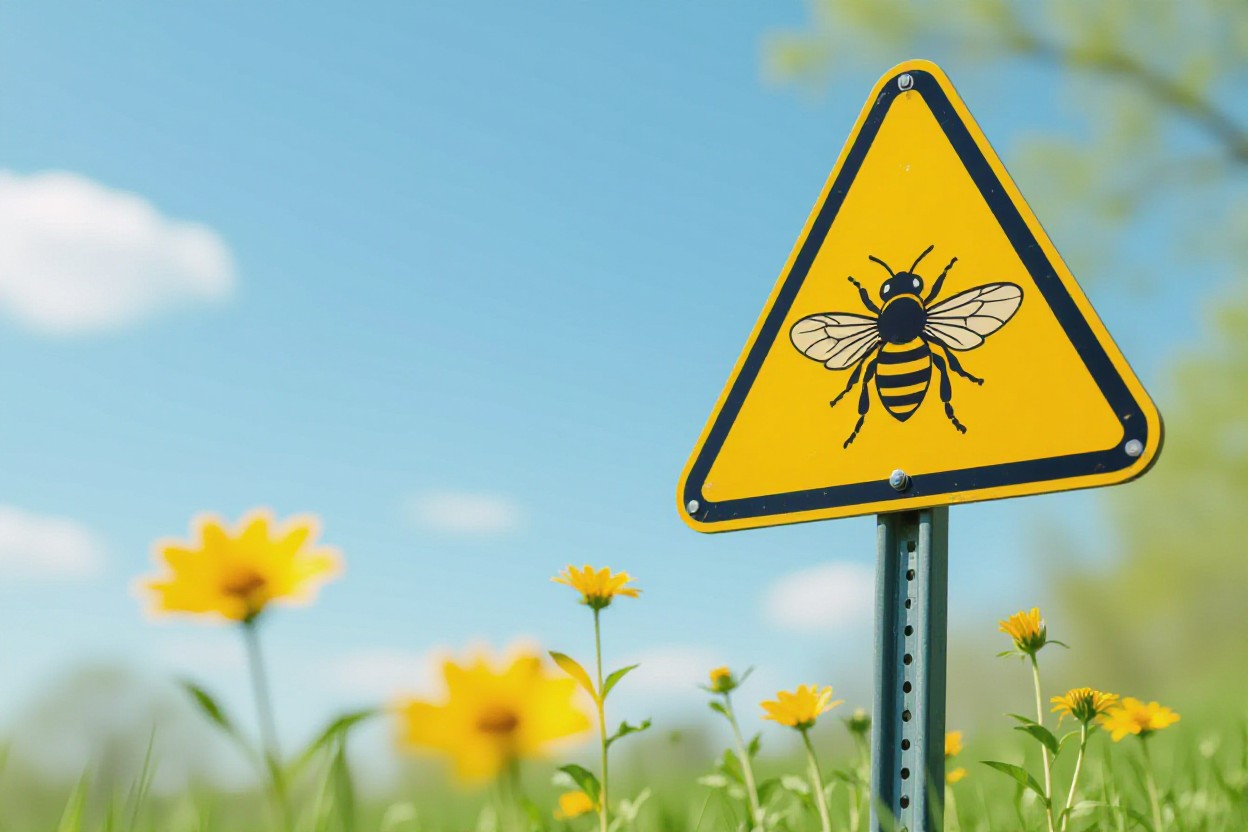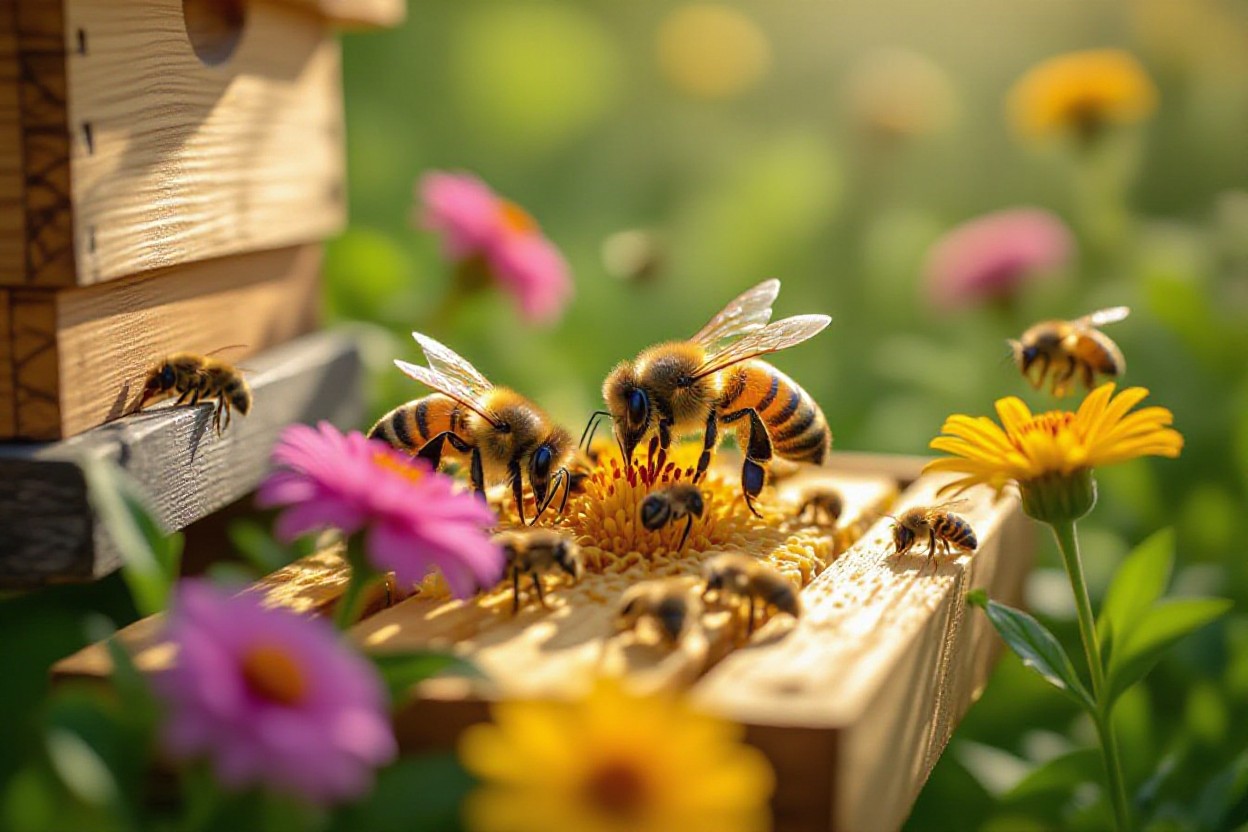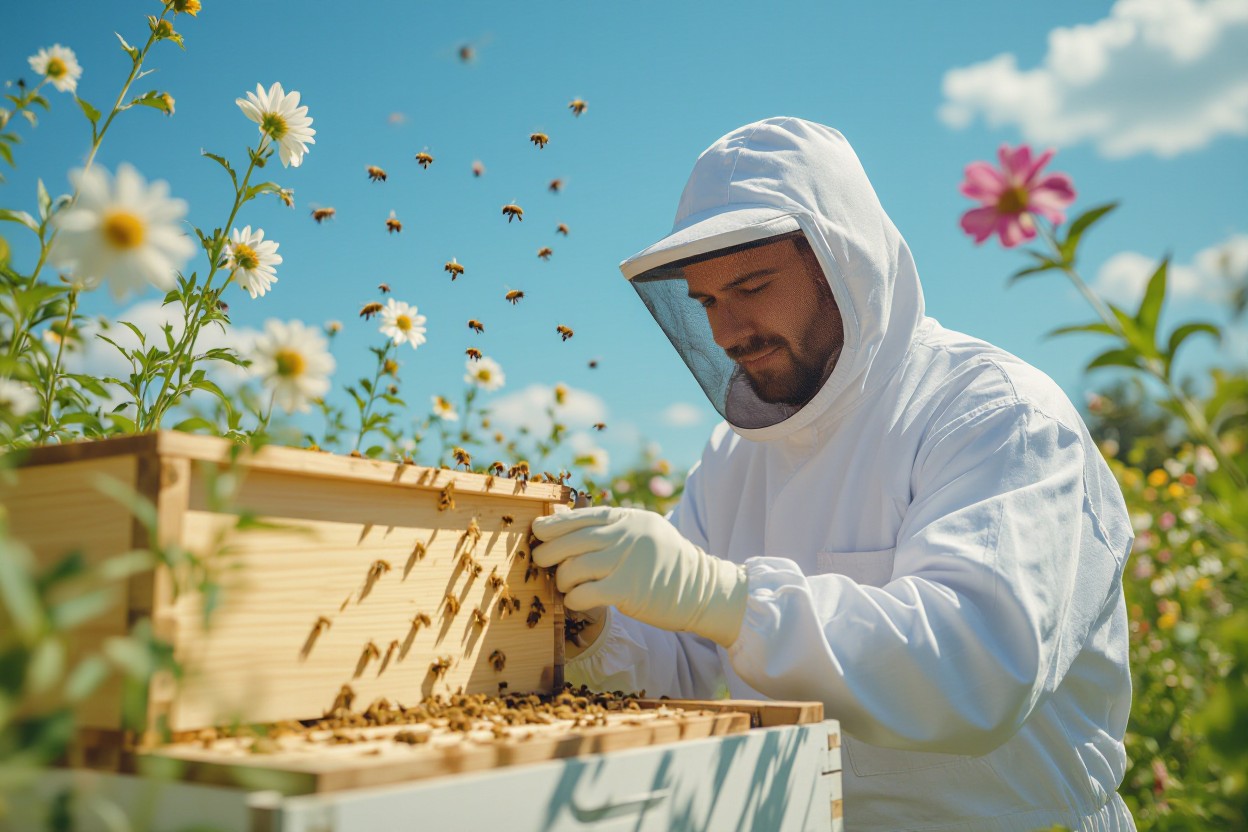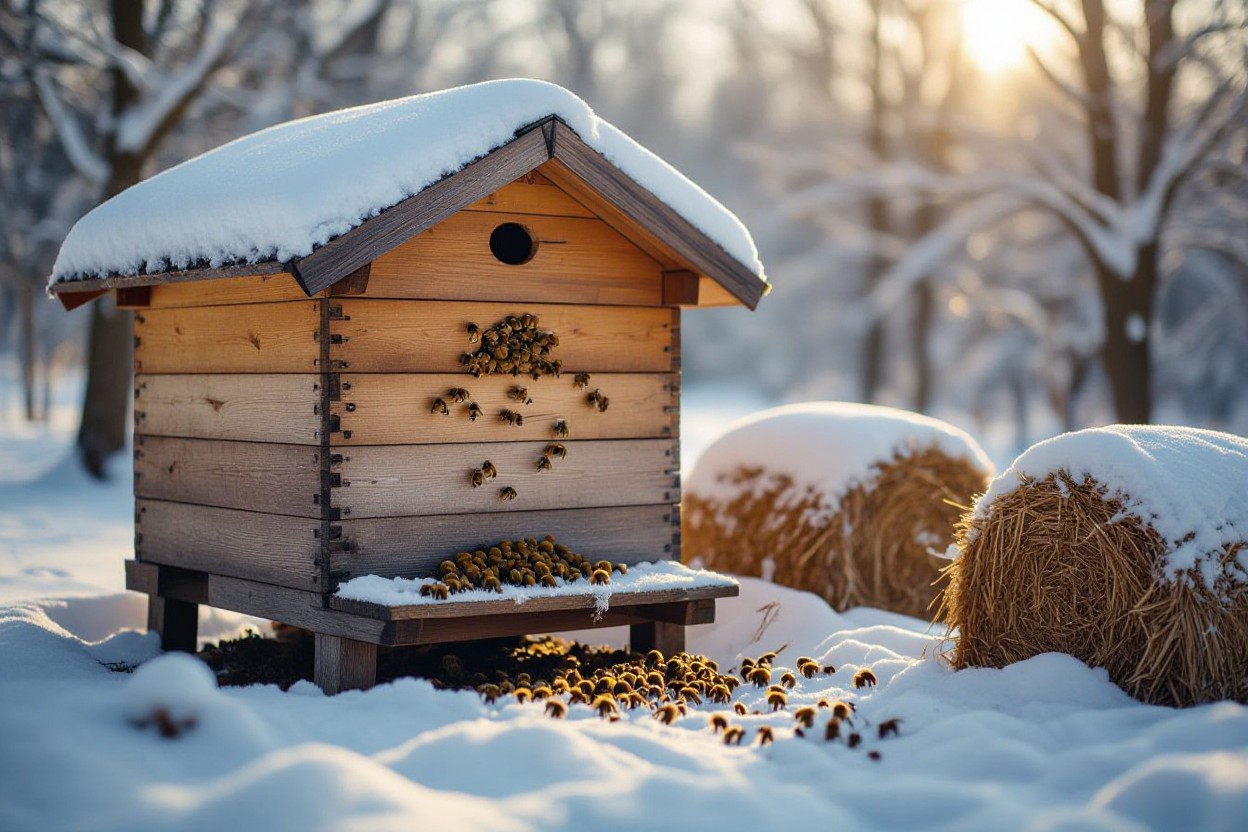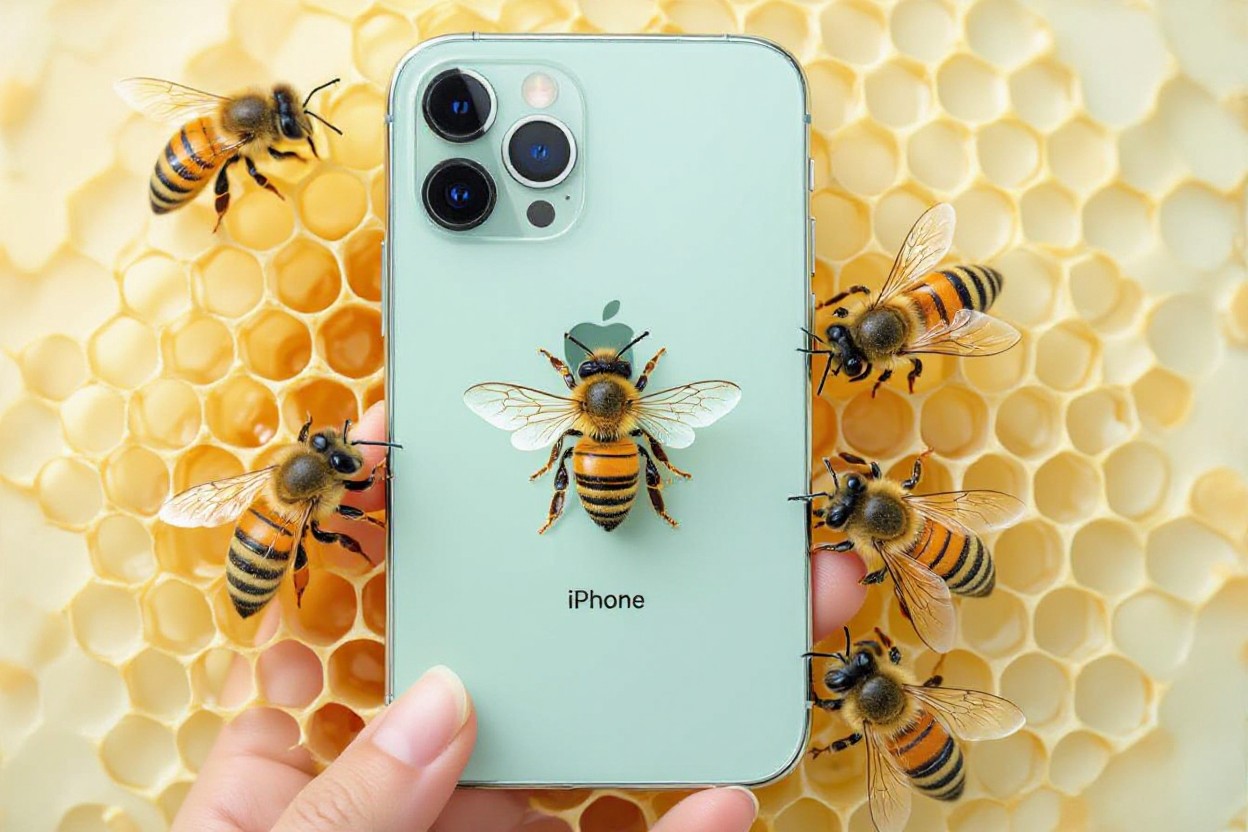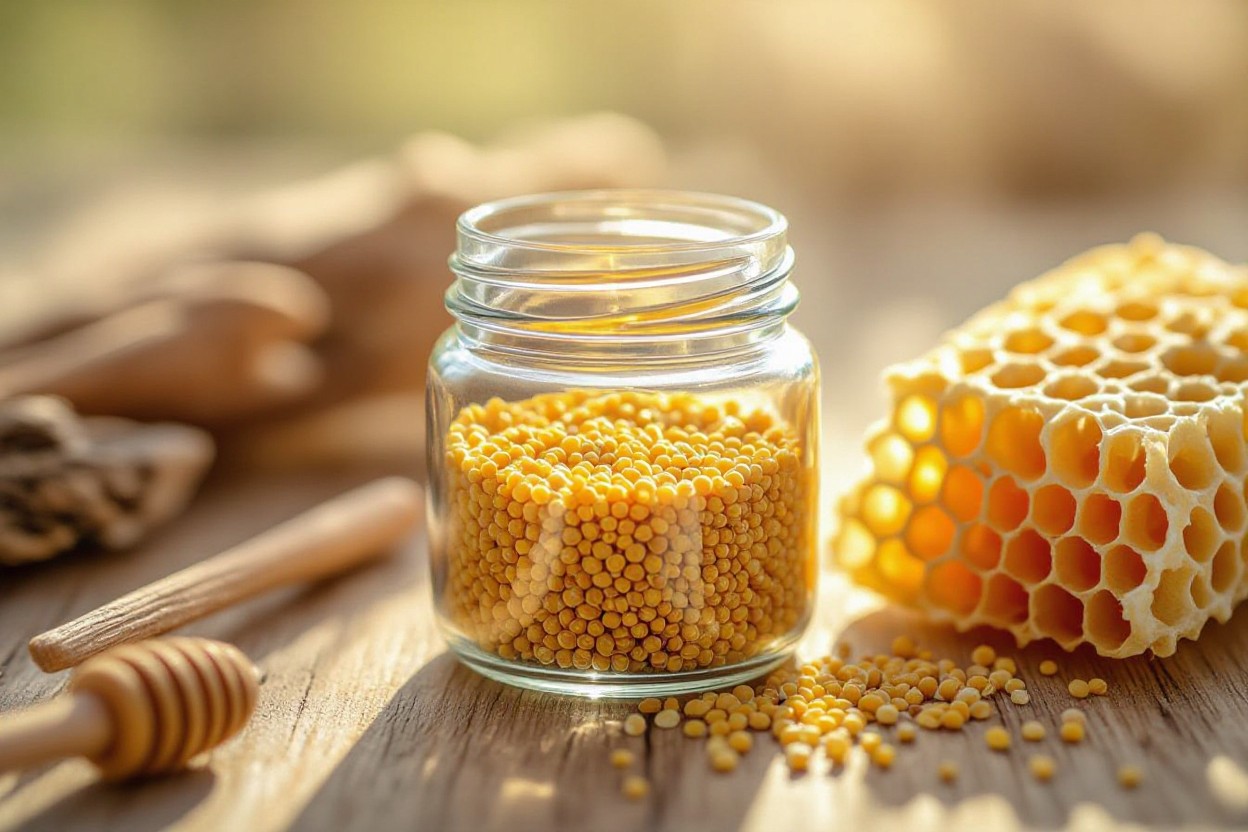Do people eat bee larva?
larva (bee larvae) are eaten in many regions and offer a dense, sustainable source of protein and micronutrients; you can encounter them fresh from the comb, cooked, or dried, and your interest in alternative proteins makes understanding their nutritional profile, culinary uses, and cultural contexts practical and informative. Key Takeaways: Yes – bee larvae (bee … Read more
